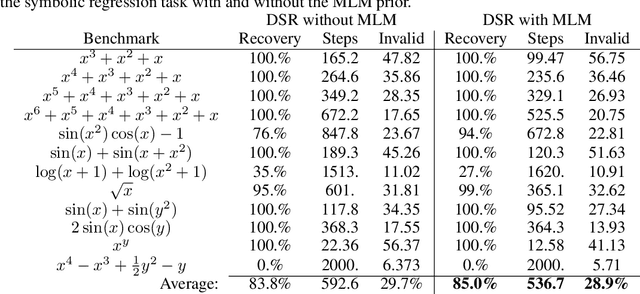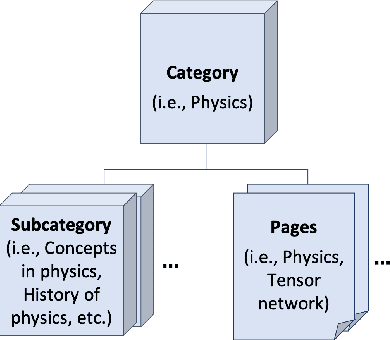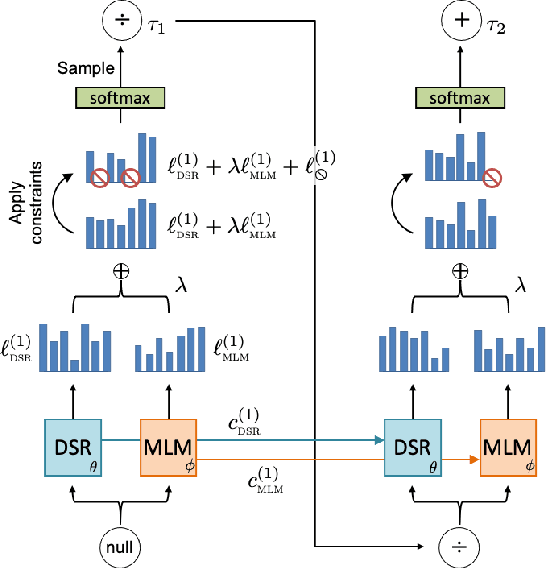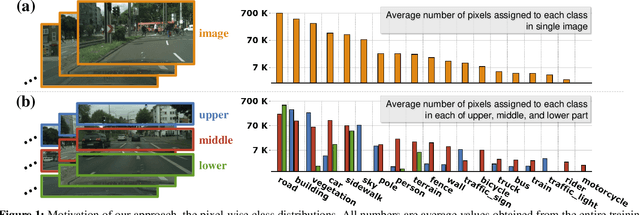Joanne T. Kim
Deep Symbolic Optimization: Reinforcement Learning for Symbolic Mathematics
May 16, 2025Abstract:Deep Symbolic Optimization (DSO) is a novel computational framework that enables symbolic optimization for scientific discovery, particularly in applications involving the search for intricate symbolic structures. One notable example is equation discovery, which aims to automatically derive mathematical models expressed in symbolic form. In DSO, the discovery process is formulated as a sequential decision-making task. A generative neural network learns a probabilistic model over a vast space of candidate symbolic expressions, while reinforcement learning strategies guide the search toward the most promising regions. This approach integrates gradient-based optimization with evolutionary and local search techniques, and it incorporates in-situ constraints, domain-specific priors, and advanced policy optimization methods. The result is a robust framework capable of efficiently exploring extensive search spaces to identify interpretable and physically meaningful models. Extensive evaluations on benchmark problems have demonstrated that DSO achieves state-of-the-art performance in both accuracy and interpretability. In this chapter, we provide a comprehensive overview of the DSO framework and illustrate its transformative potential for automating symbolic optimization in scientific discovery.
Distilling Wikipedia mathematical knowledge into neural network models
Apr 13, 2021



Abstract:Machine learning applications to symbolic mathematics are becoming increasingly popular, yet there lacks a centralized source of real-world symbolic expressions to be used as training data. In contrast, the field of natural language processing leverages resources like Wikipedia that provide enormous amounts of real-world textual data. Adopting the philosophy of "mathematics as language," we bridge this gap by introducing a pipeline for distilling mathematical expressions embedded in Wikipedia into symbolic encodings to be used in downstream machine learning tasks. We demonstrate that a $\textit{mathematical}$ $\textit{language}$ $\textit{model}$ trained on this "corpus" of expressions can be used as a prior to improve the performance of neural-guided search for the task of symbolic regression.
* 6 pages, 4 figures
Cars Can't Fly up in the Sky: Improving Urban-Scene Segmentation via Height-driven Attention Networks
Apr 07, 2020



Abstract:This paper exploits the intrinsic features of urban-scene images and proposes a general add-on module, called height-driven attention networks (HANet), for improving semantic segmentation for urban-scene images. It emphasizes informative features or classes selectively according to the vertical position of a pixel. The pixel-wise class distributions are significantly different from each other among horizontally segmented sections in the urban-scene images. Likewise, urban-scene images have their own distinct characteristics, but most semantic segmentation networks do not reflect such unique attributes in the architecture. The proposed network architecture incorporates the capability exploiting the attributes to handle the urban scene dataset effectively. We validate the consistent performance (mIoU) increase of various semantic segmentation models on two datasets when HANet is adopted. This extensive quantitative analysis demonstrates that adding our module to existing models is easy and cost-effective. Our method achieves a new state-of-the-art performance on the Cityscapes benchmark with a large margin among ResNet-101 based segmentation models. Also, we show that the proposed model is coherent with the facts observed in the urban scene by visualizing and interpreting the attention map. Our code and trained models are publicly available at https://github.com/shachoi/HANet
 Add to Chrome
Add to Chrome Add to Firefox
Add to Firefox Add to Edge
Add to Edge